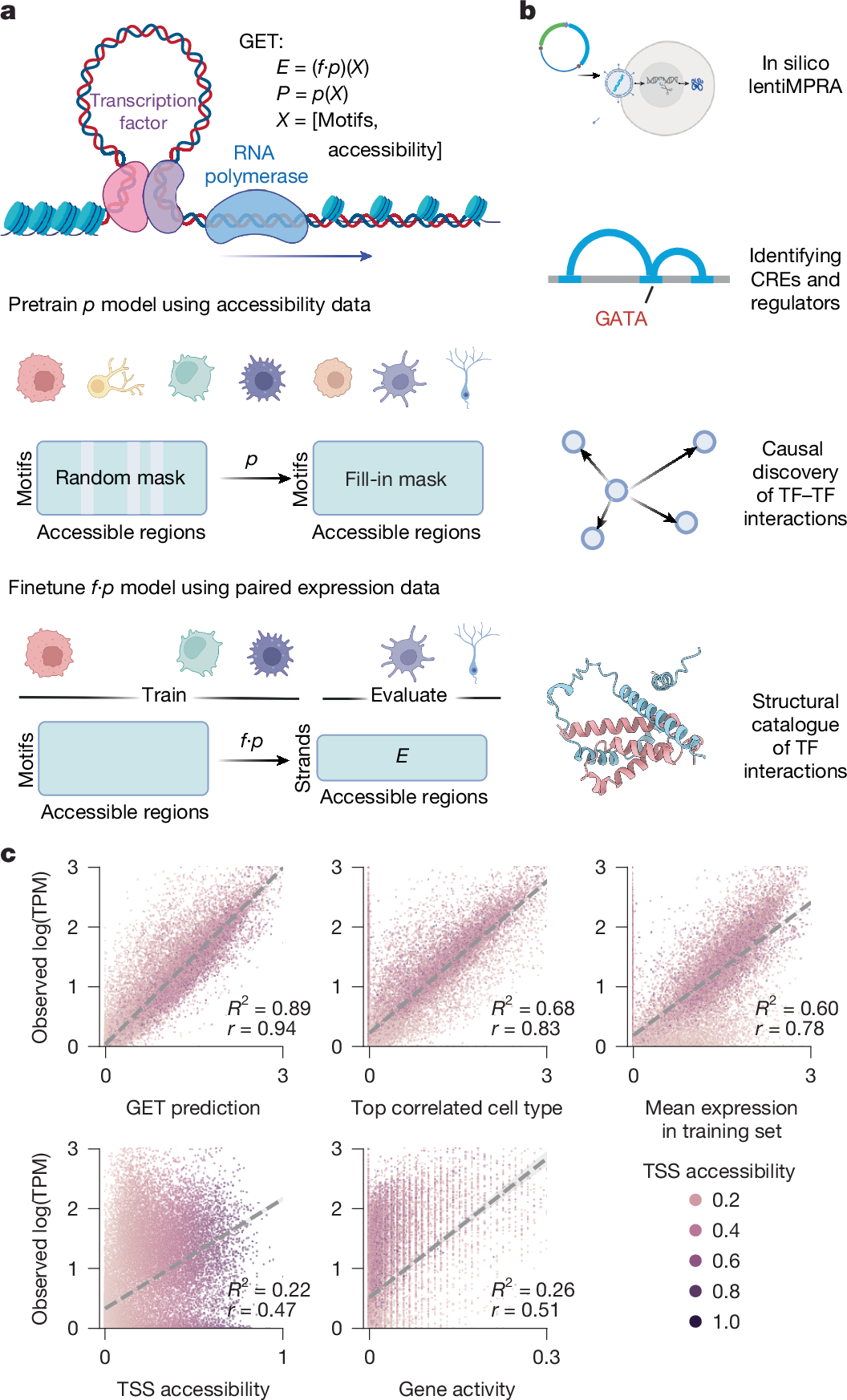2025-01-14 カリフォルニア大学リバーサイド校(UCR)
<関連情報>
- https://news.ucr.edu/articles/2025/01/14/genetic-mutation-linked-higher-sars-cov-2-risk
- https://www.cmghjournal.org/article/S2352-345X(24)00202-9/fulltext
トファシチニブはPTPN2遺伝子のIBDリスク変異によるSARS-CoV-2感染感受性の上昇を抑制する Tofacitinib Mitigates the Increased SARS-CoV-2 Infection Susceptibility Caused by an IBD Risk Variant in the PTPN2 Gene
Marianne R. Spalinger∙ Golshid Sanati1 ∙ Pritha Chatterjee∙ … ∙ Xiwei Wu∙ Brigid S. Boland∙ Declan F. McCole
Cellular and Molecular Gastroenterology and Hepatology Published:January 3, 2025
DOI:https://doi.org/10.1016/j.jcmgh.2024.101447
Graphical abstract
Abstract
Background
Coronavirus disease (COVID-19), caused by SARS-CoV-2, triggered a global pandemic with severe medical and socioeconomic consequences. While fatality rates are higher among the elderly and those with underlying comorbidities, host factors that promote susceptibility to SARS-CoV-2 infection and severe disease are poorly understood. Although individuals with certain autoimmune/inflammatory disorders show increased susceptibility to viral infections, there is incomplete knowledge of SARS-CoV-2 susceptibility in these diseases. The aim of our study was to investigate whether the autoimmunity risk gene, PTPN2, which also confers elevated risk to develop inflammatory bowel disease (IBD), affects susceptibility to SARS-CoV-2 viral uptake.
Methods
Using samples from PTPN2 genotyped IBD patients, PTPN2-deficient mice, and human intestinal and lung epithelial cell lines, we investigated how PTPN2 affects expression of the SARS-CoV-2 receptor ACE2, and uptake of virus-like particles expressing the SARS-CoV2 spike protein and live SARS-CoV-2 virus.
Results
We report that the autoimmune PTPN2 loss-of-function risk variant rs1893217 promotes expression of the SARS-CoV-2 receptor, ACE2, and increases cellular entry of SARS-CoV-2 spike protein and live virus. Elevated ACE2 expression and viral entry were mediated by increased JAK-STAT signalling, and were reversed by the JAK inhibitor, tofacitinib.
Conclusion
Collectively, our findings uncover a novel risk biomarker for increased expression of the SARS-CoV-2 receptor and viral entry, and identify a clinically approved therapeutic agent to mitigate this risk.



